Kidney failure is a leading cause of death around the world. The best treatment is transplantation, but no country is presently able to supply all the transplants required by its patient population. In the U.S. and many other countries, most transplants today come from deceased donors. Another source of kidneys for transplantation is from healthy […]
Competitive labor markets boost wage growth
A combination of empirical facts and economic theory suggest rising employer concentration contributed to wage stagnation in industrialized economies. Economic theory shows how labor market concentration can suppress wages by reducing workers’ bargaining leverage vis-à-vis powerful employers. Empirical evidence suggests that labor markets have become more concentrated since the late 20th century, shifting from a […]
Earnings Dynamics, Changing Job Skills, and STEM careers
The US labor market is particularly dynamic for Science, Technology, Engineering, and Math (STEM) jobs, with new technologies proliferating throughout workplaces every year. This technological change is the engine of long-run productivity growth and rising living standards. In the shorter run, however, workers in technology-intensive occupations must constantly learn on the job, or risk becoming […]
Can Integration Change Gender Attitudes?
The research described here asks whether integration can change gender attitudes even in a traditionally male-dominated environment. One reason to ask this question is that occupational gender segregation remains high, even though women make up nearly half the labor force in most rich countries (Blau et al. 2013). This pattern may reflect preferences that differ […]
Face-to-Face Communication in Organizations
The international response to the COVID-19 pandemic has emphasised working from home, especially for office workers tasked with the generation and processing of information. Compliance has generally been very high, with most companies not just encouraging, but mandating, their employees to work from home. This has led to an emptying of city centres and financial […]
Moral Values and Voting
What roles do moral values play in election outcomes? What are the key moral frameworks that voters maintain? How do politicians appeal to these different moral frameworks? This article summarizes a recent research paper which examines these questions, by introducing a core aspect of modern moral psychology into the study of political economy. Universalist versus […]
Geography, transportation, and endogenous trade costs
Whether by sea, land, or air, trade functions through the transportation sector. Transportation is therefore central to everyday life. Surprisingly little is known, however, about how the market for transportation services interacts with the global market for goods. Recently, the delays in trade costing billions caused by both the blockage of the Suez Canal by […]
Second chance: the social benefits of diversion in the criminal justice system
Public officials are increasingly diverting people from the criminal justice system, usually to help them to avoid a criminal record and its associated consequences. The practice has become an important part of recent efforts to reform criminal justice policy, and it often enables corrections systems to conserve scarce resources. Despite the growing popularity of criminal […]
What Goes Up May Not Come Down: Asymmetric Incidence of Value-Added Taxes
Evidence from Finland indicates that prices, and profits, respond more strongly to a VAT increase than a VAT decrease—and that short-term policy changes can have longer-term effects Our analysis relies on two main approaches. First, we analyze the effect of a large VAT decrease in the hairdressing sector in Finland, which was later reversed. This […]
Age of marriage, weather shocks, and the direction of marriage payments
Child marriage, defined as marriage before the age of 18, is a widespread phenomenon in many parts of the world. About half of all prime-aged women living today in South Asia and in Sub-Saharan Africa were married as children (UNICEF 2014). Child marriage has been associated with a wide array of poor economic, social, and […]















